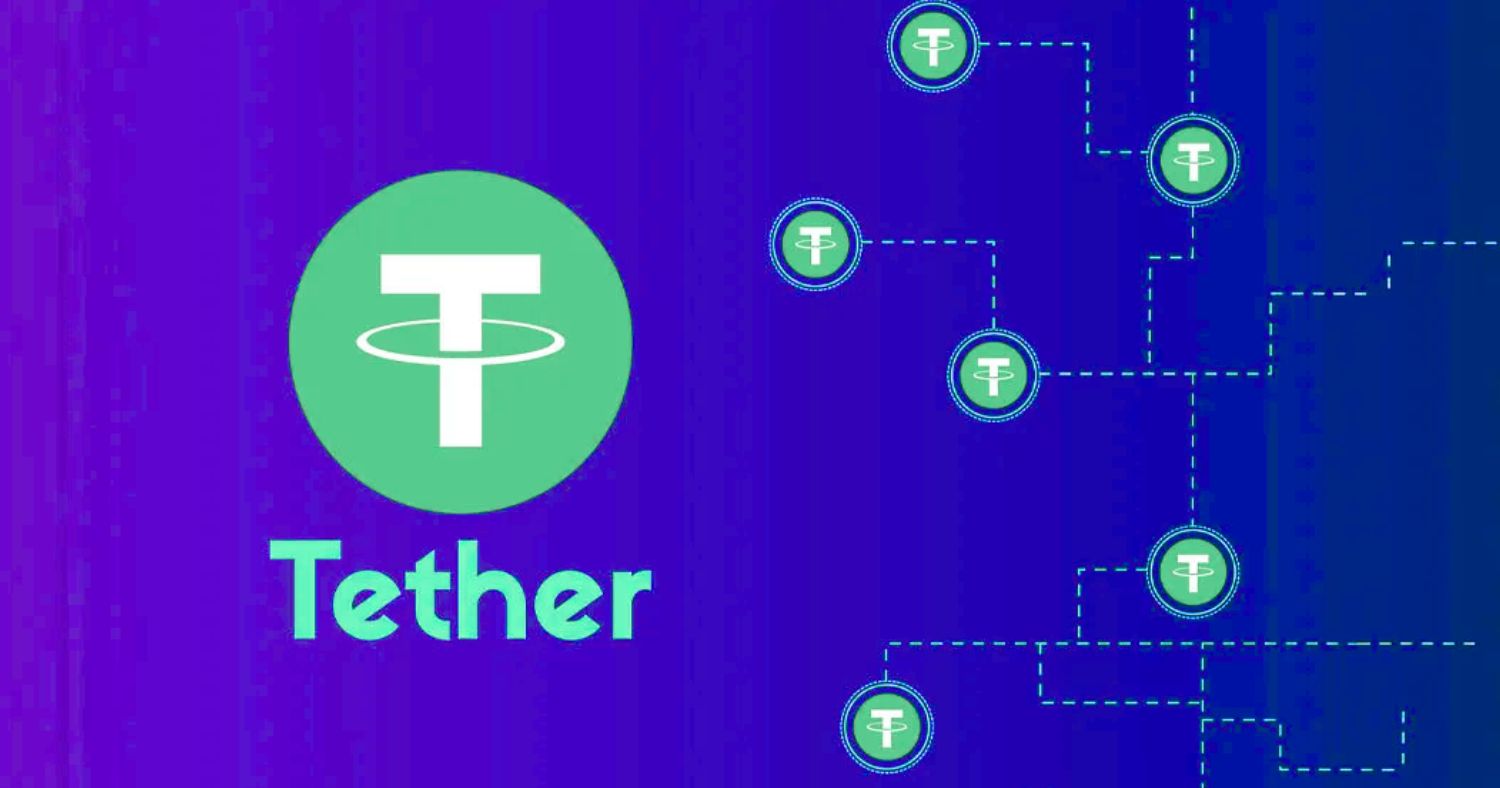A new era for stablecoin transfers is on the horizon as Bitfinex, in collaboration with Tether, prepares to launch Plasma, a dedicated blockchain promising zero fees for transactions involving the widely used USDT stablecoin. This development signals a strategic pivot by stablecoin issuers to capture more value from the active use of their digital currencies, and it casts a long shadow over existing blockchain networks that have flourished on USDT activity. Foremost among those facing a significant challenge is Tron, which currently hosts the vast majority of USDT in circulation.
Plasma’s Ambitious Vision Takes Shape
Backed by Tether’s sister company, Bitfinex, Plasma isn’t just a concept; it’s rapidly materializing. The blockchain recently concluded a successful token sale, raising an impressive $373 million, and is slated to go live with an initial $1 billion in deposits. This move underscores a growing trend among stablecoin giants like Tether and Circle – to extend their influence beyond mere issuance and capitalize on the extensive network of stablecoin usage. While Tether reported a staggering $4,9 billion profit in Q2 2025, largely derived from the US treasuries backing its $164 billion USDT supply, the transactional benefits have historically accrued to the underlying blockchains. Plasma aims to change that, positioning itself to harness the immense volume of USDT transfers directly.
The Plasma public sale has ended with $373M+ committed to purchasing XPL, representing more than 7x in oversubscription.
— Plasma (@PlasmaFDN) July 28, 2025
Plasma mainnet beta will launch with $1B in stablecoin TVL, the fastest chain to reach this number in history.
We're grateful for your support and trust. pic.twitter.com/Pddsoa02c0
Tron’s Reign Under Threat
For years, Tron has been the undisputed leader in USDT activity, hosting approximately $81 billion of the stablecoin and handling an estimated 60% of all stablecoin transfers. This dominant position has been a cornerstone of Tron’s revenue generation, primarily through its outsized share of USDT transactions. Crypto bank Sygnum’s analysts, in their recent third-quarter investment outlook, explicitly stated that Tron’s revenue dominance is “almost entirely from its outsized share of USDT transfers” and “may come under pressure as Tether launches its Plasma chain.” Other industry experts echo this sentiment, indicating that Tron’s grip on the stablecoin market is indeed precarious.
Tron’s success has largely been attributed to its early penetration into emerging markets and crucial integrations with major exchanges like Binance. Plasma appears to be adopting a similar strategy, leveraging Bitfinex’s substantial backing to potentially scale USDT liquidity in a comparable fashion.
Adding to Tron’s vulnerability are its recently escalating transaction fees, which have more than doubled to over $7 for USDT transfers. This creates a significant incentive for users to seek more cost-effective alternatives, a gap that Plasma’s zero-fee model is perfectly poised to fill. The popularity of Tron has long been inextricably linked to Tether’s widespread adoption, especially among users in developing countries who rely on stablecoins as a stable alternative to volatile local currencies for everyday transactions.
Ethereum’s Different Dynamic
While Tron faces a direct existential threat to its revenue model, Ethereum, which holds a substantial $67 billion in USDT, also stands to lose some USDT traffic to Plasma. However, the nature of the risk differs. Analysts suggest that a scenario where Ethereum loses 30% of USDT usage to Plasma could translate to a daily loss of $230.000 to $370.000 in fees. For Tron, the potential daily loss in missed TRX token burning is far higher, estimated between $1,6 million and $2,1 million.
Despite the figures, Ethereum’s ecosystem, characterized by professional money managers, institutional investors, and high-net-worth individuals, tends to be less sensitive to high transaction fees. These users prioritize Ethereum’s long-standing track record of security and uptime. Consequently, experts believe it will take considerable time for Plasma to build the necessary trust and credibility to significantly impact Ethereum’s institutional appeal or revenue.
As stablecoin issuers increasingly seek to internalize the value generated by their products, the launch of Plasma marks a pivotal moment. It signals a shift in the competitive landscape, challenging established networks and potentially redefining where the bulk of stablecoin activity takes place in the future.
Disclaimer: This article is provided for informational purposes only and does not constitute financial advice. Investors should always conduct their own thorough research and consult with a qualified financial advisor before making any investment decisions in cryptocurrencies, which are highly volatile and speculative assets.
You might be interested in:






